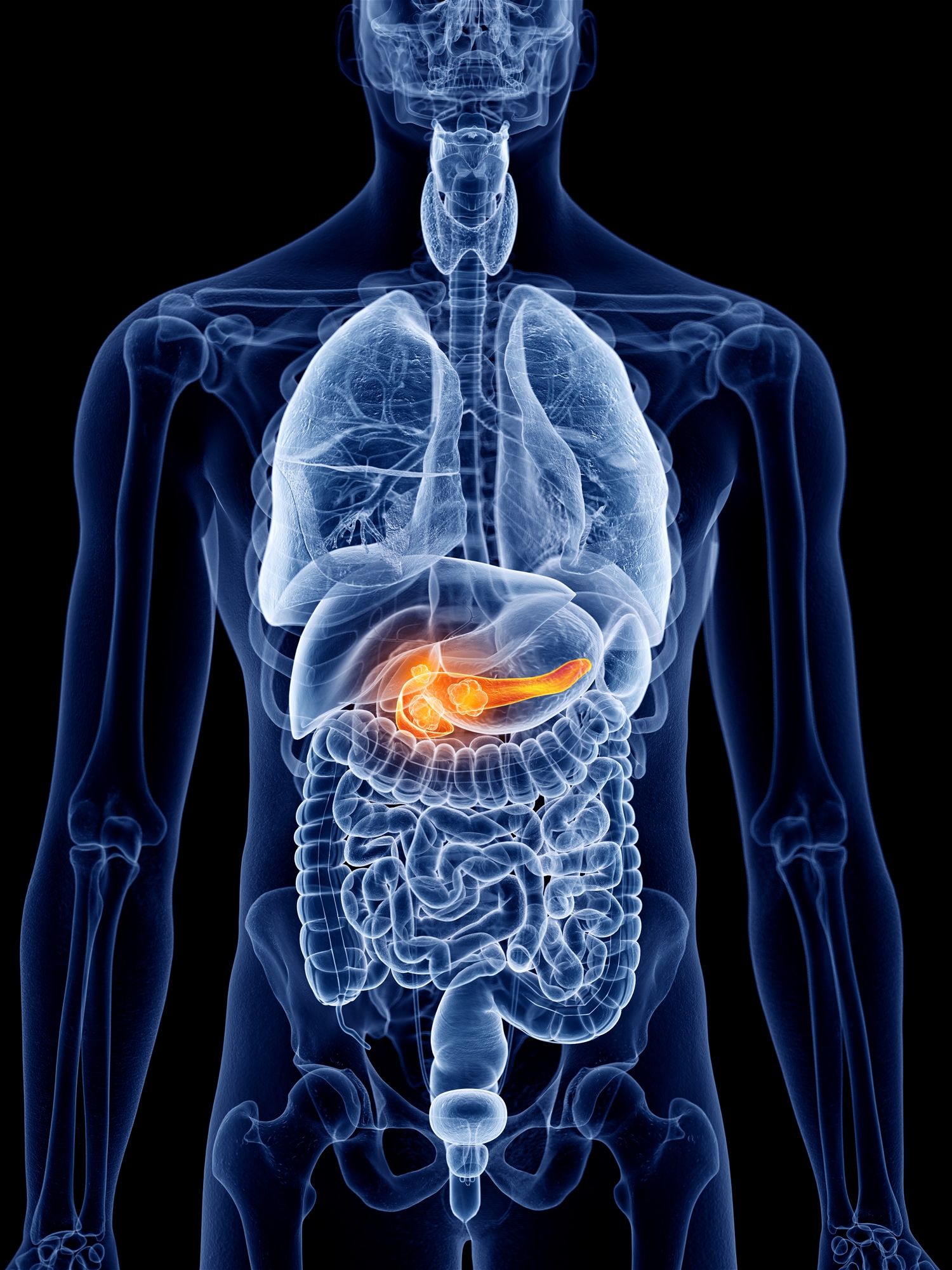Once acute pancreatitis is diagnosed, early treatment should be provided to patients, including fluid resuscitation, pain relief, and nutritional support.
Patients’ heads should be lifted up while carrying out fluid resuscitation in addition to conducting oxygen saturation monitoring and oxygen inhalation. Oxygen inhalation is proved to reduce 50% of mortality rate in patients aged 60 years or older.
Fluid Resuscitation
One retrospective study reveals that early fluid resuscitation helps reduce the incidence rate of Systemic Inflammatory Response Syndrome (SIRS) in 72 hours; nonetheless either “inadequate” or “excess” fluid resuscitation is harmful to patients. On the other hand, fast blood dilution will increase the incidence rate of sepsis and mortality rate of hospitalization in 28 days. Another research suggests that “large amount of fluid resuscitation” rather than “small amount of fluid resuscitation” is related to poor prognosis.

Pain Relief
Pain relief treatment should be given priority when patients are admitted to hospitals. Nonetheless the current evaluation system does not include the evaluation of high-quality RCT research on the effect of pain relief medicines, nor does the system provide explicit answers.
The risk of mortality for large medical centers (number of patients admitted to hospital each year ≥118) is 25% lower than that of small medical centers. Patients with invalid early fluid resuscitation or continuous organ failure or extensive complications in partial areas should be transferred to multi-discipline cooperation (including endoscopic therapy, intervention radiation and surgical treatment) based pancreatitis center.
Nutritional Support
The fundamental therapy for patients with pancreatitis should continue until the patients show significant improvement on clinical symptoms. The therapy for severe pancreatitis (pancreatitis) varies depending on the specific condition. It is suggested in the Guidelines on European Society of Parenteral and Enteral Nutrition (ESPEN) that patients with mild pancreatitis should start oral nutrition early; however the guidelines do not provide explicitly the specific time and solutions. The criteria for starting oral nutrition are not determined by the level of amylase but perhaps should be determined by the patient of weather to eat when they feel hungry. Studies suggest that patients’ needs should determine if progressive intake is necessary; nonetheless patients may also need to prolong the period of hospitalization if they experience recurrence of abdominal pain.
Acute Pancreatitis Prevention
- Research reveals that the promotional education carried on patients with alcohol-induced pancreatitis in every 6 months can reduce the number of recurrence for pancreatitis in 2 years.
- Patients with minor biliary pancreatitis should receive cholecystectomy upon administration to hospital.
- For patients with severe condition, cholecystectomy should be postponed after the full absorption of inflammation and fluid to avoid infection.
- Patients who could not receive surgery shall receive endoscopic papillotomy to lower the recurrence rate since it could facilitate the gallstones with unobstructed discharge.
- Preventive stent placement and pre-incision are often recommended for the prevention of post-ERCP pancreatitis. The two analyses indicate that preventive placement of pancreatic stent can reduce the incidence rate of post-ERCP pancreatitis. Another three analyses also indicate that the anal application of Indometacin, before or after ERCP, can lower the risk of pancreatitis occurrence and is hence regularly recommended for use.
- The common preventive use of Nitroglycerin, Ceftazidine, Somatostatin, Gabexate, Ulinastatin, heparin, anti-oxidant, IL-10, and Glucocorticoid are usually not recommended. Meta-analysis shows that the anal application of non-steroidal anti-inflammatory drugs (NSAIDs) is more effective in pancreatitis prevention than pancreatic stent.

